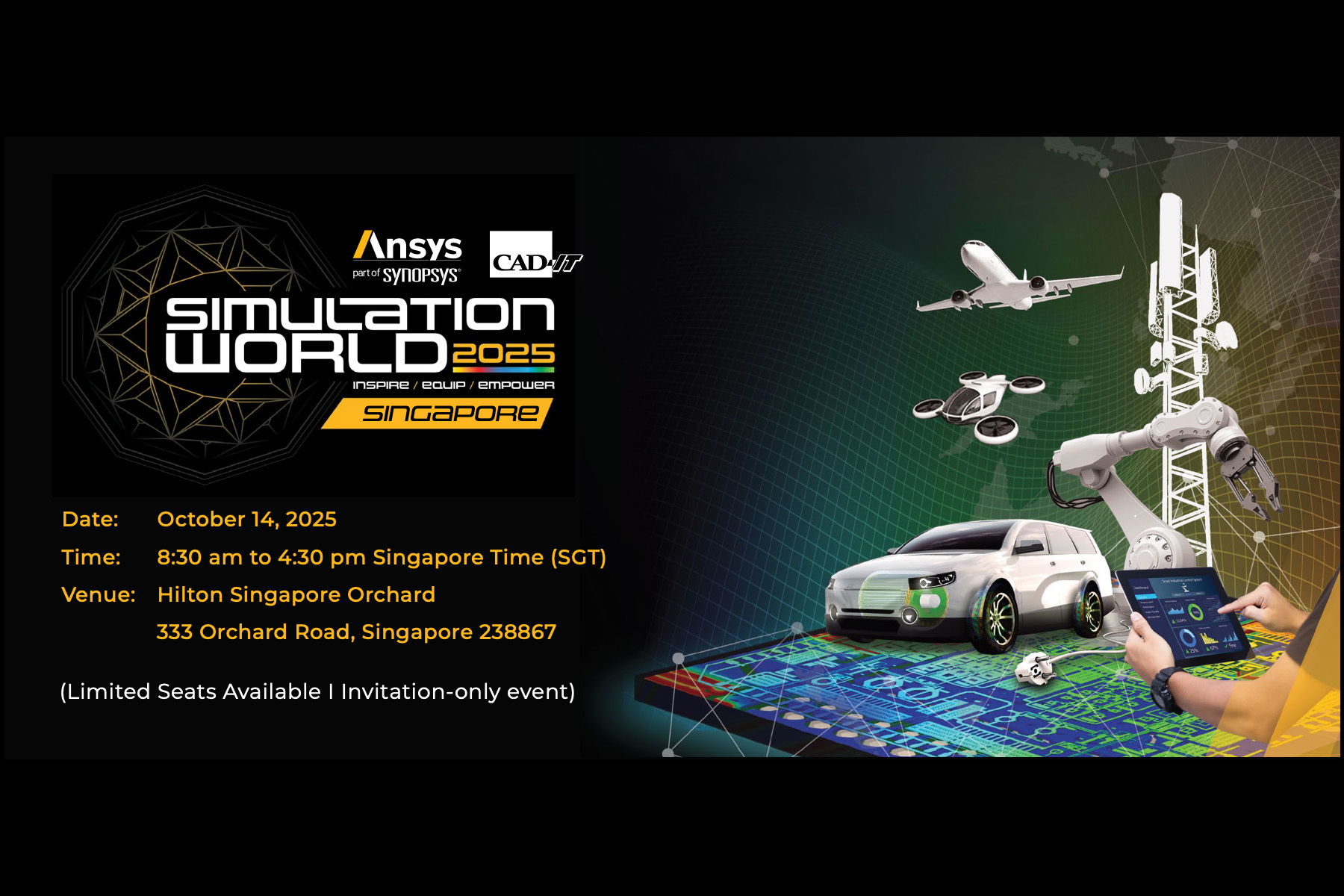NTU MSE Materials Innovation Challenge 2025 – FEA Hackathon Event Recap

Overview of the Materials Innovation Challenge 2025
The NTU–MSE: Materials Innovation Challenge 2025, held from 1–2 October, brought together over 60 talented participants; with students from postgradute courses, undergraduate students from NTU MSE, and even students from the Pre-Universtiy level to take on one of the most hands-on and immersive challenges of the year!
Supported through our collaboration with CADIT, the event successfully combined materials engineering, computer-aided design (CAD), and Finite Element Analysis (FEA) into an accelerated learning experience that pushed participants to innovate under real engineering constraints.
A 1.5-Day Deep Dive into Simulation-Driven Engineering
One of the most remarkable outcomes of the event was how students progressed from zero simulation experience to completing full engineering analyses within just 1.5 days.
Participants underwent structured, beginner-friendly workshops that covered:
- Fundamentals of Finite Element Analysis
- CAD model creation
- Material selection principles using Ansys Granta
- Meshing, loading, and boundary conditions
- Simulation setup in Ansys Mechanical
- Interpretation of engineering results
Through step-by-step guidance, students gained the confidence and technical proficiency required to design, model, and validate structural systems from start to finish.
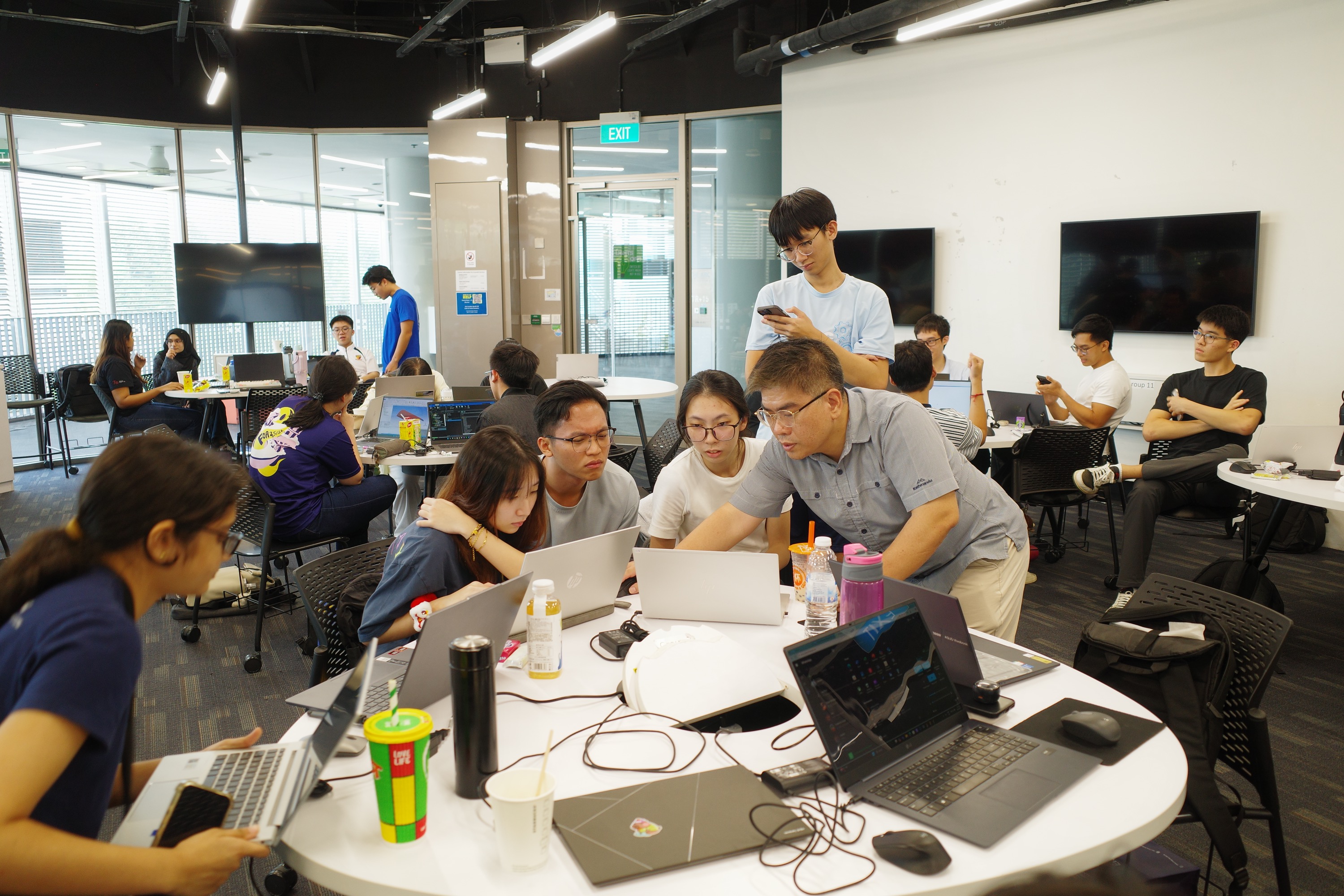
Design Challenge: Engineering a Realistic Bus Stop
The highlight of the challenge was the task assigned to all participating teams:
Design and evaluate a complete bus stop structure.
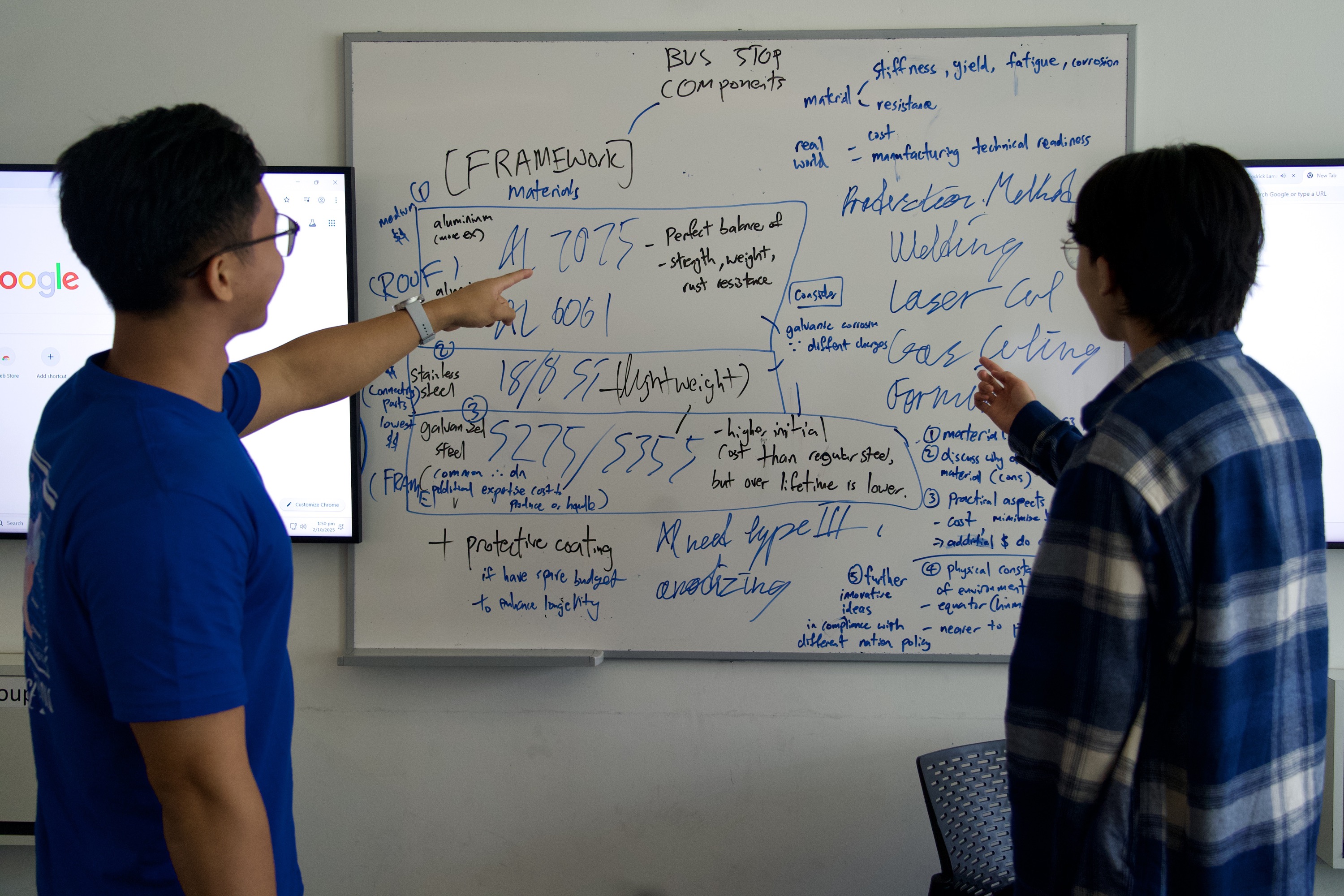
Teamwork and Submission
Teams are expected to collaborate, apply Ansys Mechanical and Granta EduPack effectively, and present a well-reasoned, technically sound design.
1. Create Their Own CAD Model
Students designed custom bus stop structures, developing unique concepts in terms of geometry, support mechanisms, and load distribution.
2. Select the Most Suitable Material
Teams chose materials based on three key engineering metrics:
- Cost efficiency
- Weight considerations
- Structural strength and durability
This required understanding trade-offs between materials such as steel, aluminium, composites, or alternative lightweight options.
3. Perform Full FEA Structural Analysis
Using Ansys Mechanical, students applied real engineering constraints, loads, and safety requirements to analyse:
- stress distribution
- deflection
- structural weaknesses
- overall stability
Judging Panel
There were 8 esteemed judges for MIC 2025.
• Prof. Chen Zhong — NTU MSE
• Dr. Narasimalu Srikanth — ERI@N
• Dr. Rui Goncalves — NTU MSE
• Assoc. Prof. Sridhar Idapalapati — NTU MAE
• Assoc. Prof. Aravind Dasari — NTU MSE
• Dr. Suhas Raghavendra Kulkarni — Delta-NTU Corp Lab
• Dr. Yew Yong Kin — CAD-IT
• Assoc. Prof. Desmond Chong — SIT
Notable Moments & Participant Achievements
The event showcased exceptional teamwork, creativity, and problem-solving. Key highlights included:
- Students rapidly mastering CAD and simulation workflows
- Teams presenting fully reasoned engineering decisions backed by quantitative analysis
- Impressive time-management under tight 1.5-day deadlines
- Clear demonstration of how simulation-driven design accelerates innovation
Many participants expressed surprise at how quickly they could progress from basic training to executing full engineering simulations independently.
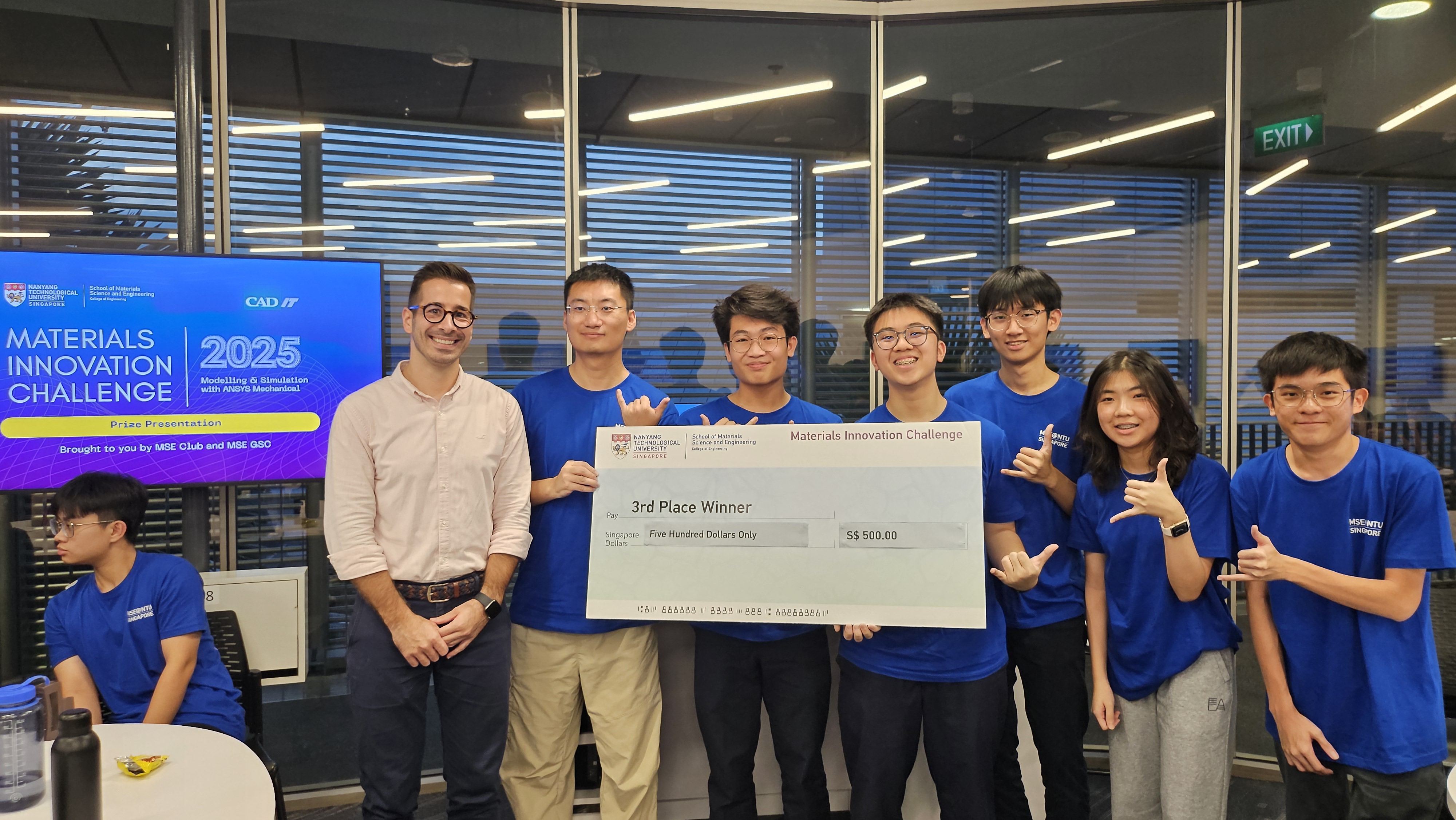


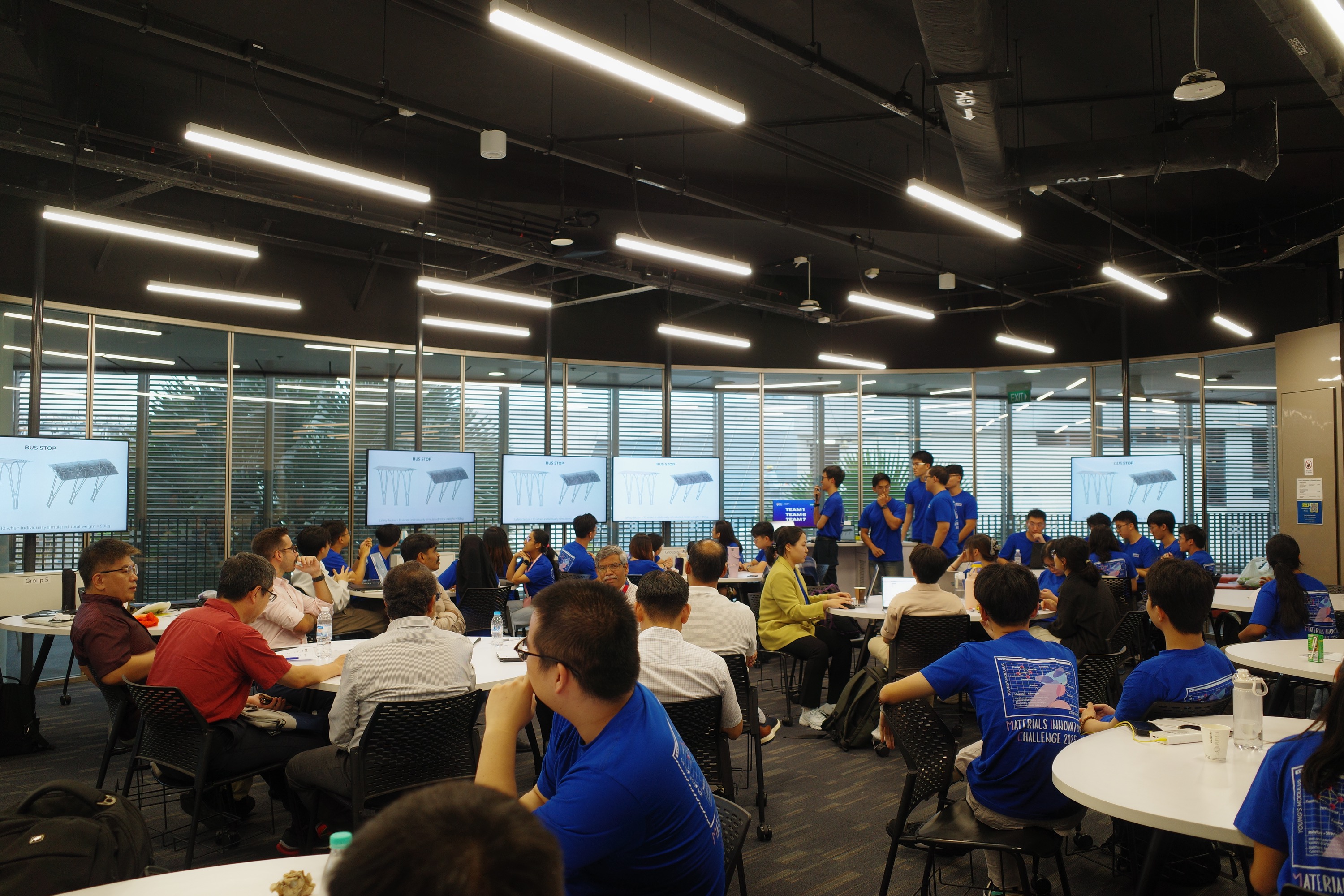
Closing Ceremony: Celebrating Achievement and Looking Ahead
The event concluded with recognition of all participants, mentors, and professors who contributed to this exceptional challenge. Organisers reaffirmed their commitment to fostering a global community of materials innovators capable of addressing pressing challenges in sustainability, energy, and advanced technologies.
The NTU–MSE Materials Innovation Challenge 2025 not only showcased cutting-edge innovations but also set a higher standard for future competitions. The impact of the ideas unveiled here will undoubtedly extend into academic research, industrial transformation, and global sustainability initiatives.
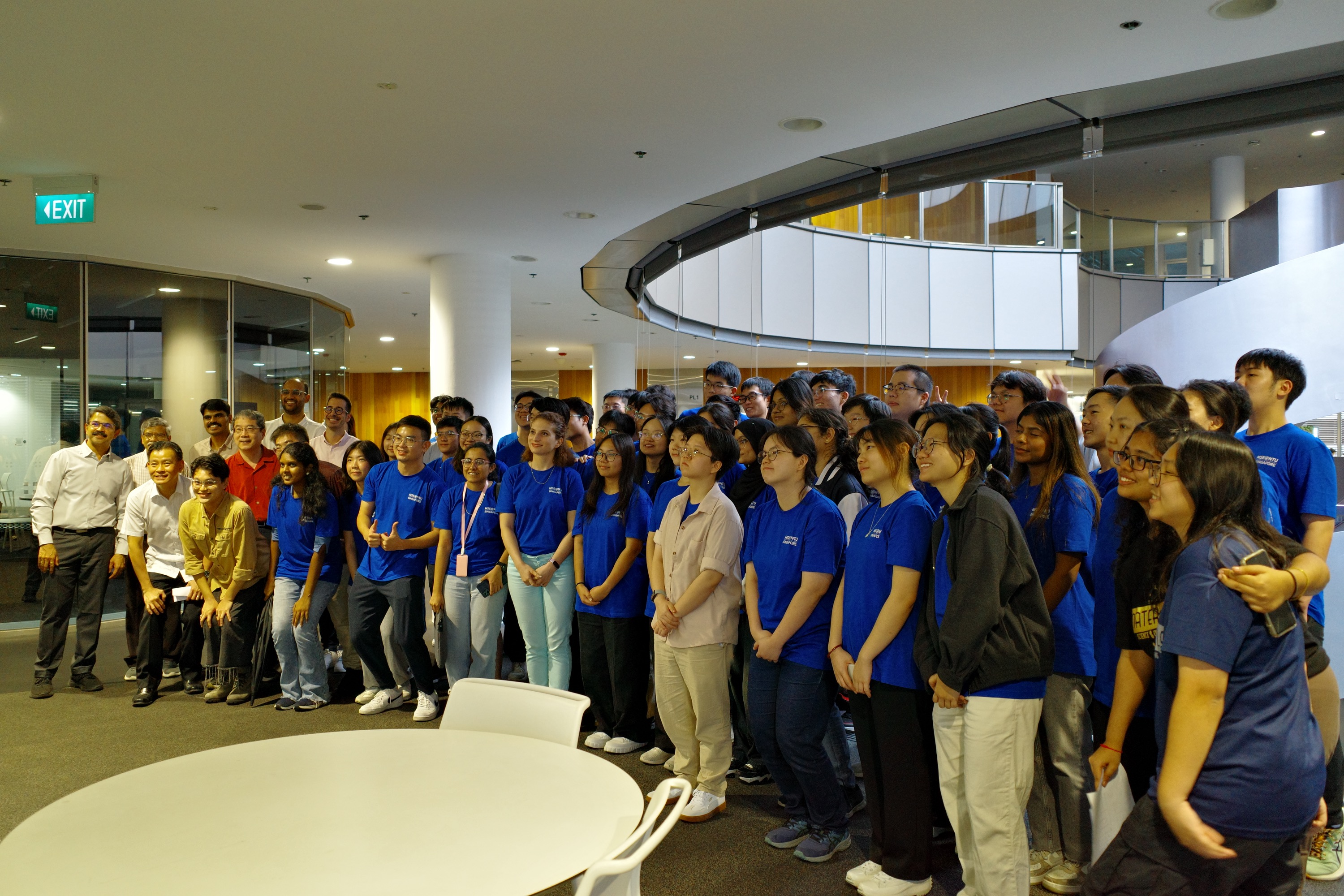
CADIT’s Proud Collaboration with NTU
We at CADIT are pleased to have collaborated with NTU MSE to bring the Materials Innovation Challenge 2025 to life.
Our partnership supports students in gaining hands-on experience with industry-standard simulation tools and empowers the next generation of engineers to solve real-world problems using computational engineering approaches.
The NTU–MSE Materials Innovation Challenge 2025 was a resounding success, equipping students with practical, simulation-driven engineering skills while fostering creativity and teamwork. In only 1.5 days, participants transformed their ideas into validated engineering designs. An achievement that reflects both their dedication and the power of experiential learning.
We look forward to future collaborations and to seeing how these young engineers will continue shaping the future of materials innovation.
FAQs
Ansys Simulation World 2025 is a global conference showcasing innovations in simulation, AI, cloud, and digital twin technology.
Engineers, innovators, business leaders, and technology enthusiasts should attend to gain insights into modern simulation solutions.
Aerospace, automotive, healthcare, energy, and electronics industries benefit from Ansys simulation solutions for innovation and efficiency.
Digital twins improve performance, optimize processes, and enable predictive maintenance, driving smart manufacturing and sustainability.
AI improves modeling accuracy, speeds up simulations, and enhances collaboration, especially when integrated with cloud solutions.
You can attend in person. Registration details, schedules, and access information are available on the official Ansys website. Early registration is recommended to secure your spot. This invite-only conference will serve as an opportunity to interact and network with the engineering leaders and experts from different focus industries (defense, aerospace, mobility, electronics & semiconductor)
Still have questions?
Drop your enquiries and we will be at your service
Image Gallery
Don’t Miss Our Latest Posts
Lorem ipsum dolor sit amet, consectetur adipiscing elit.
.jpg)
Ansys FEA Masterclass Course Singapore CADIT x SP SkillsFuture
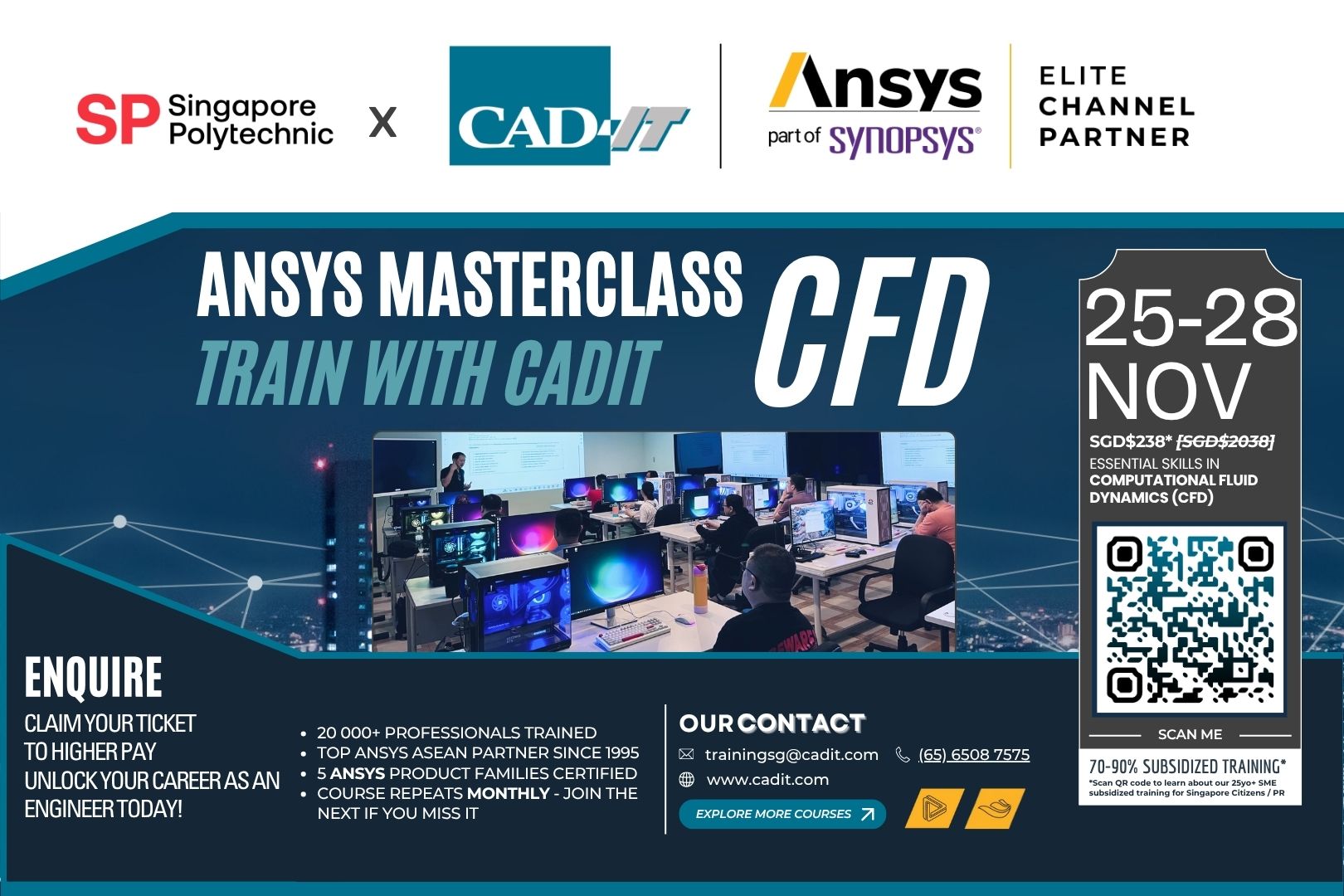
Ansys CFD Masterclass Course Singapore CADIT x SP SkillsFuture
